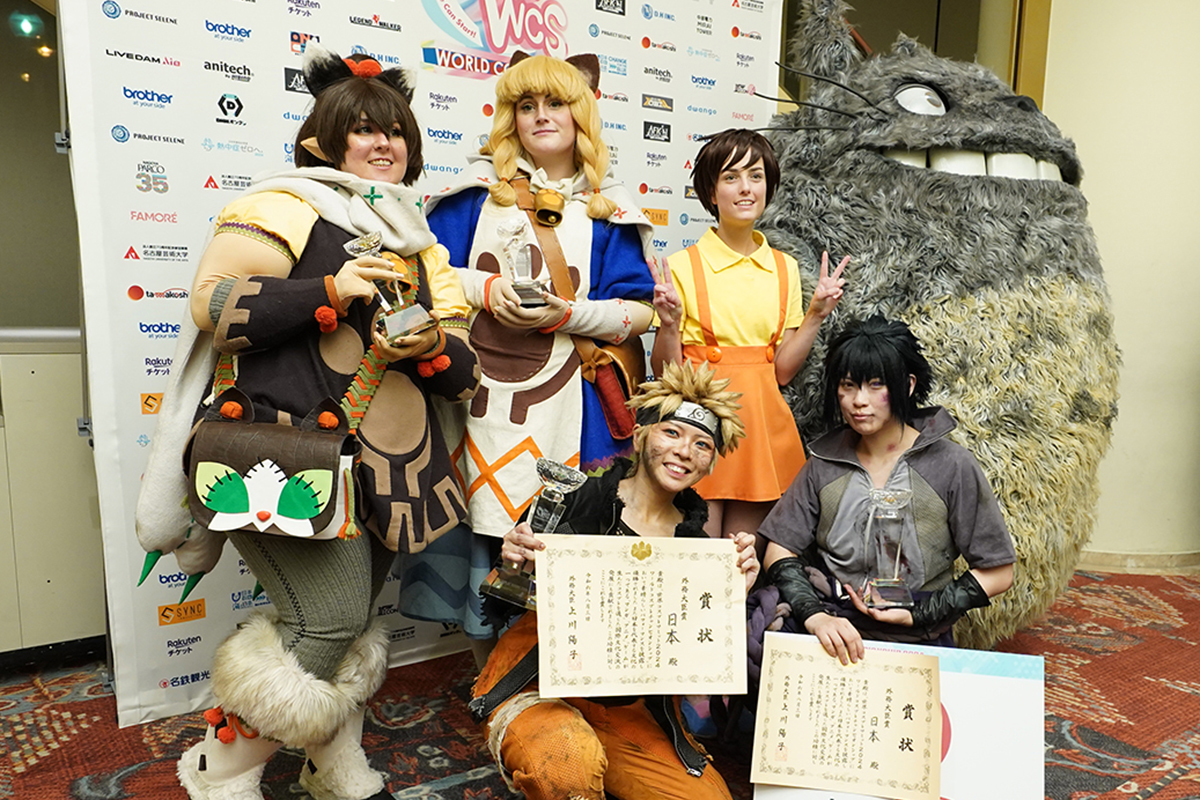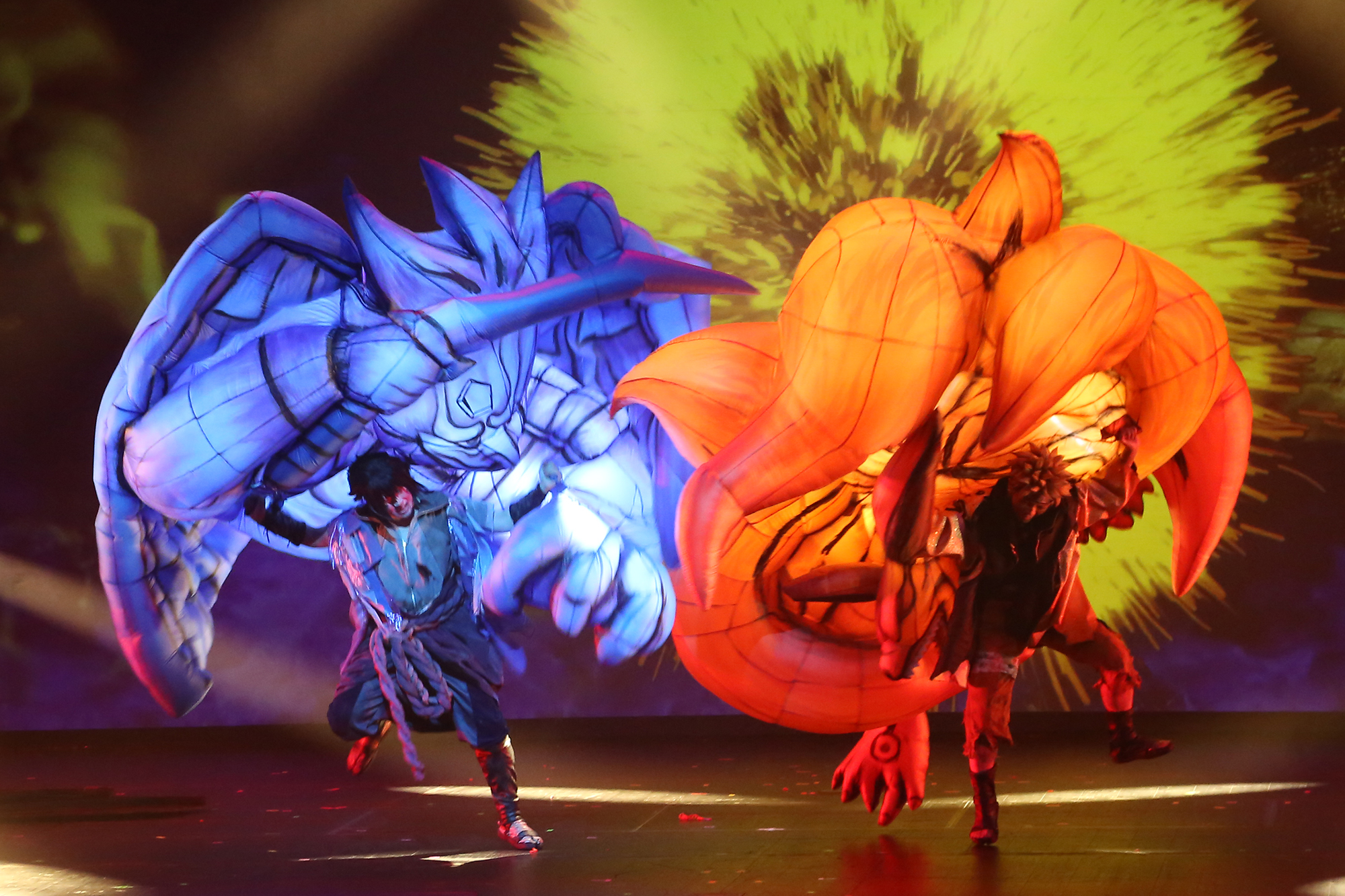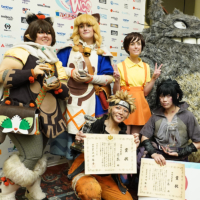Vibrant, true-to-character visuals and re-creations of iconic anime scenes — these are not the only things that are evaluated in the World Cosplay Summit Championship. How much respect is shown for the original work and the culture behind it and how much effort was poured into expressing it greatly influence the results. That is why the world of cosplay competitions is so profound and captivating.
The World Cosplay Summit is one of the world’s largest cosplay events, held annually in Nagoya since 2003. The WCS Championship has been held every year since 2005, with the exception of 2020 due to the COVID-19 pandemic.
The 2024 WCS Championship brought together teams from 36 countries that had won their national selections. The Japanese team of Mamemayo and Mioshi won, portraying characters from the ninja manga “Naruto,” which has also been adapted into an anime. This was the third time for a Japanese team to win the championship.
Mamemayo played Naruto Uzumaki, the main character of “Naruto,” known for his strength, never-quit spirit and sunny disposition. Mioshi played Naruto’s rival Sasuke Uchiha, a cool strategist with a fiery spirit hidden within.
The team’s performance re-created the final battle scene between Naruto and Sasuke, their pivotal third clash in the series. It incorporated various elements unique to Japanese culture, including traditional materials, aesthetics from festivals and kabuki theater, and even modern “idol” culture, such as a call-and-response performance using penlights that they prearranged with the audience via social media. These efforts to showcase Japanese culture were highly praised by both judges and audience.
Both Mamemayo and Mioshi later said that when their victory was announced, they felt more relief than joy. This was partly because it was their second time competing in the WCS Championship, after representing Japan in 2018. The pressure to win this time, coupled with high expectations from those around them, weighed heavily on them.
Moved by their determination, many people offered support in various ways. For example, in order to incorporate Aomori Prefecture’s Nebuta Festival lantern floats into their costumes, they sought advice from experts on traditional Nebuta crafting techniques and paints. “We wanted the Nebuta on our backs to inflate on stage during the performance, so we consulted experts on how to inflate them completely within a certain amount of time. It was like scientific research and experimentation,” Mioshi said.
They also incorporated an Edo Period firefighter’s durable hanten jacket with traditional sashiko stitching into the costumes. “It is easy to move around in. But we also wanted to introduce people to Japan’s history and culture while conveying the meaning of extinguishing the flames of the battle between Naruto and Sasuke,” Mamemayo said.
They faced immense time pressure from preparations that spanned planning, designing, costume creation, screenwriting, choreography, performance practice and liaising with supporters and public relations. On top of this, they were adamant about also practicing their five-minute presentation for the costume judging, a segment separate from the stage performance judging.

According to the competition rules, presentations could be in either Japanese or English. “We are not very good at speaking English, but we wanted to convey the details of our costume designs and the meaning and passion we put into our performances in our own words to all the judges, including those from overseas,” Mamemayo said.
Winning the championship significantly broadened Mamemayo and Mioshi’s world and expanded their friendships with people from many nations. They were deeply touched when other participants flocked to them after their performance, holding smartphones with translation apps to convey their excitement and praise. At the request of an organizer from Mongolia, they flew to Mongolia and served as judges for its national contest this April.
They will also serve as judges at this year’s WCS Championship, which will feature representatives from 42 countries. “We look forward to encountering new ideas and … want to explore the reasons behind their choices in various elements of their performances, including stage direction and the selection of costume materials,” Mamemayo said.
“For example, someone with experience in apparel manufacturing might excel in sewing or have specialized tools,” Mioshi said. “But beyond judging the perfection of their strengths, we want to see how much they have faced their weaknesses. The beauty of the WCS Championship lies in the opportunity to gain new knowledge, learn and grow through new encounters with various people during the preparation process.”





